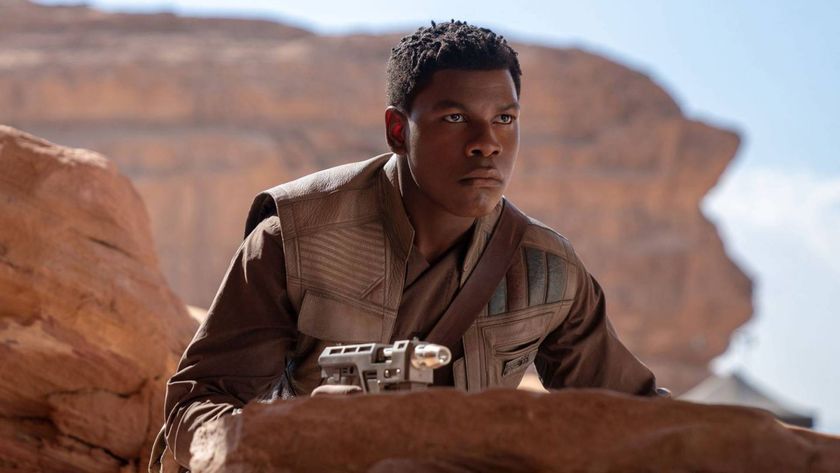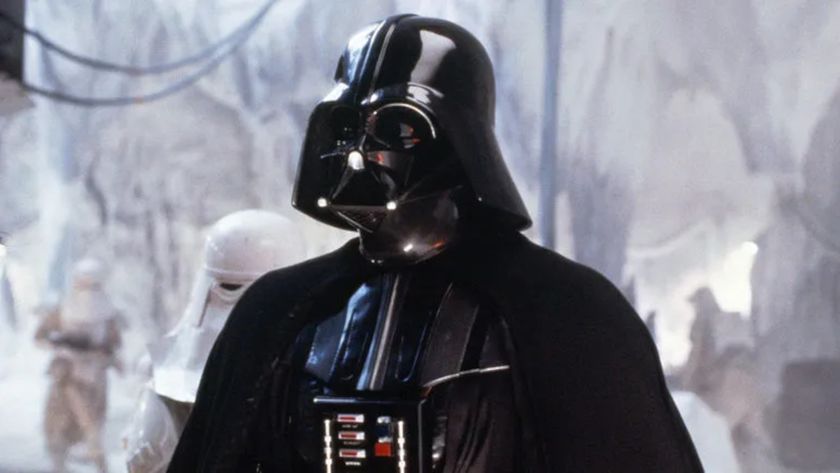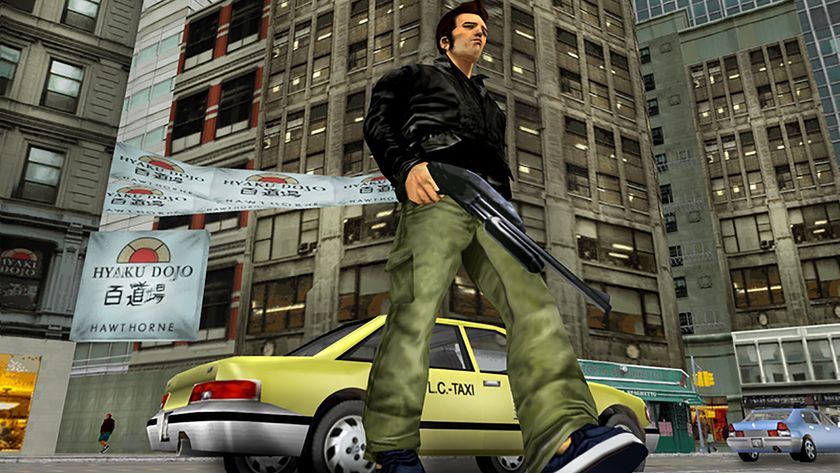Is it morally right to bring actors back from the dead?
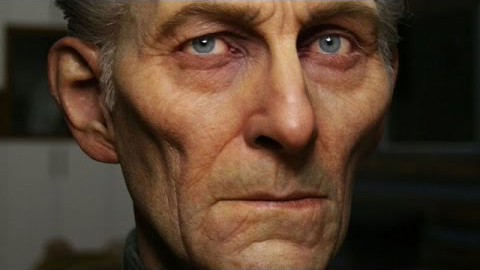
When Peter Cushing’s Grand Moff Tarkin appeared in the latest Star Wars movie Rogue One, the main topic of discussion was whether his CGI recreation was any good or if he looked like a melted potato. Now that the excitement of another film from a galaxy far, far away has faded somewhat, people are asking another question; was it morally right for Disney and Lucasfilm to bring Cushing back from the dead to star in a movie?
Afterall, they basically had him appearing in a new film without his consent and if you’ve seen Rogue One you know we’re not talking about some minor cameo here. He was a significant part of the supporting cast and, having died in 1994, was unable to give his permission/sign a contract/be paid for the role, or indeed have any say in how he appeared at all. Legally speaking, Disney and Lucasfilm crossed no lines. They had permission from Peter Cushing’s estate to use his image and the dead basically have no rights anyway, but that hasn’t stopped some fans from saying it’s unethical.
It’s not the first time we’ve seen controversy like this. When Audrey Hepburn was recreated to advertise Galaxy chocolate bars a few years ago, half the world was impressed with the admittedly fantastic CGI, while the other half was appalled that the ‘50s icon was being used to sell candy. Again, Hepburn’s estate (her two sons Sean Ferrer and Luca Dotti) had given their permission for her image to be used and received a fee for their trouble.
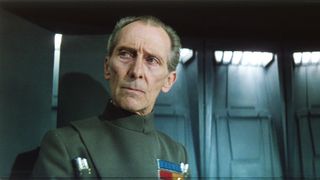
Even before then, Fred Astaire danced with the Dirt Devil vacuum cleaner a decade after his death thanks to his widow giving her permission, but his daughter said she was “saddened that after his wonderful career he was sold to the devil”. The list goes on and on, and as technology only becomes more able to bring back long since lost stars, it will only be getting longer.
Admittedly, there’s a big difference between a former actor’s image being used to sell something (which in all possibility they would never have agreed to) and them reprising a role they were happy to sign on for when they’d been alive. When Paul Walker tragically died halfway through shooting Furious 7, no one blinked an eye that Universial used his brothers and CGI to complete his role. Walker had obviously already given his consent to appear in the movie so it wasn’t much of stretch to say that he would have wanted it completed, CGI-him and all.
Given that there’s 39 years between the original Star Wars, which saw Peter Cushing first take on the iconic role of Tarkin, and his CGI recreation in Rogue One, it’s a little harder to say for sure that he would have absolutely agreed to it. However, Rogue One’s VFX head John Knoll feels confident that it would have been the case. “We weren’t doing anything that I think Peter Cushing would’ve objected to.” He told The Guardian. “I think this work was done with a great deal of affection and care. We know that Peter Cushing was very proud of his involvement in Star Wars and had said as much, and that he regretted that he never got a chance to be in another Star Wars film because George [Lucas] had killed off his character.” He added that “it was done in consultation and cooperation with his estate. So we wouldn’t do this if the estate had objected or didn’t feel comfortable with this idea.”
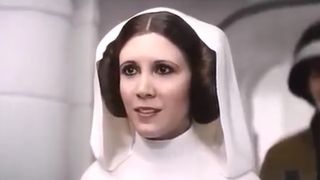
It’s a discussion that has gained more attention in light of Carrier Fisher’s death, who also appeared in CGI form in Rogue One. In Fisher’s case, she gave permission for the VFX team to recreate her younger self for a Princess Leia cameo while she was still alive. When news of her sudden and tragic death on December 27, 2016 (a fortnight after Rogue One was released) spread, it was naturally assumed by most that the same CGI skill would be used to complete her role in Star Wars: The Last Jedi and Star Wars 9. In fact, some outlets reported that representatives had spared no time in negotiating with her estate for the rights to do so.
Sign up to the SFX Newsletter
Get sneak previews, exclusive competitions and details of special events each month!
Since then, Disney/Lucasfilm have confirmed that they will not be using CGI to recreate Carrie Fisher for either of the sequels, stating on the official Star Wars website: “We want to assure our fans that Lucasfilm has no plans to digitally recreate Carrie Fisher’s performance as Princess or General Leia Organa.” Is this because they couldn’t get the rights from her estate to do so? We just don’t know. Lucasfilm president Kathleen Kennedy revealed to Knoll that Fisher approved of her part in Rogue One (“Kathy [Kennedy] called me right after she showed it to [Fisher] and said how fantastic she thought it was. So she was very much in favour of it.”), so it’s perfectly feasible that it’s actually because her role in Star Wars 8 already reaches some kind of conclusion.
No matter what, the question still remains whether it’s ethical to profit off a dead actor’s digital resurrection. After all, despite the joy movies bring us, they’re still made to make money and it seems no-one (Disney included) minds who they have to bring back to do so. Ultimately, I think it’s safe to say that Peter Cushing would have wanted to have been a part of Rogue One. Maybe he would have played the role differently… maybe he would have had suggestions for director Gareth Edwards... we’ll never know. But fans were certainly pleased to see the iconic baddie on the big screen again (even if he did look a bit like a melted potato), and as long as his family are happy with him reprising his role, who am I to say otherwise?
Lauren O'Callaghan is the former Entertainment Editor of 12DOVE. You'd typically find Lauren writing features and reviews about the latest and greatest in pop culture and entertainment, and assisting the teams at Total Film and SFX to bring their excellent content onto 12DOVE. Lauren is now the digital marketing manager at the National Trust.

